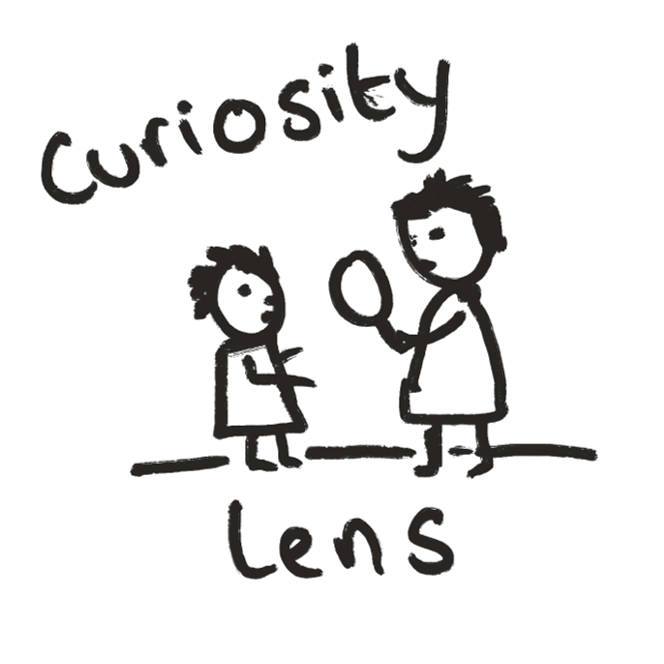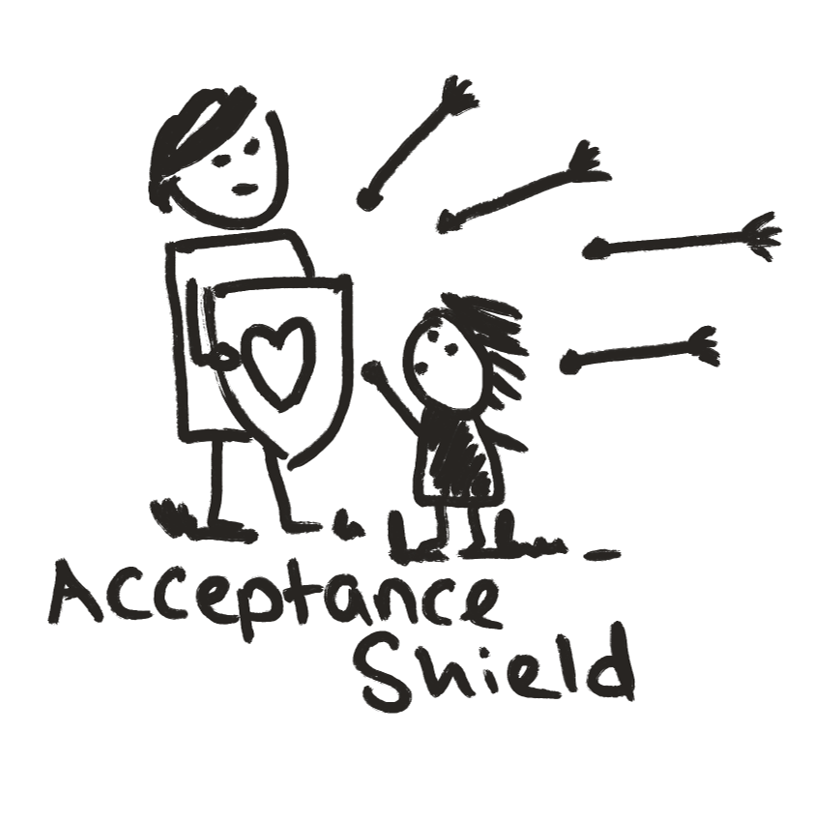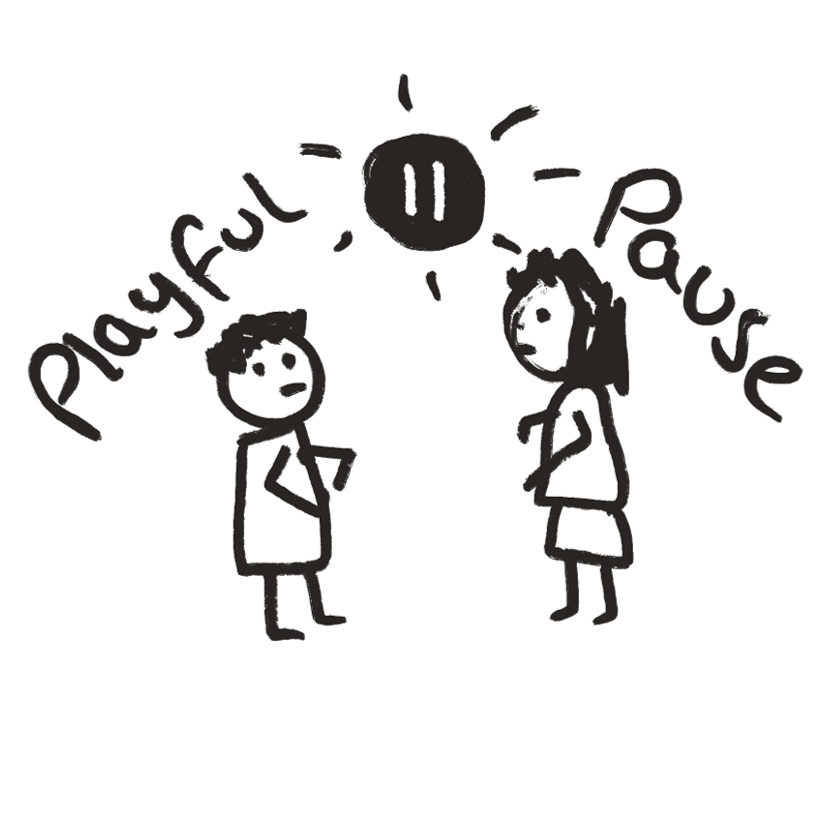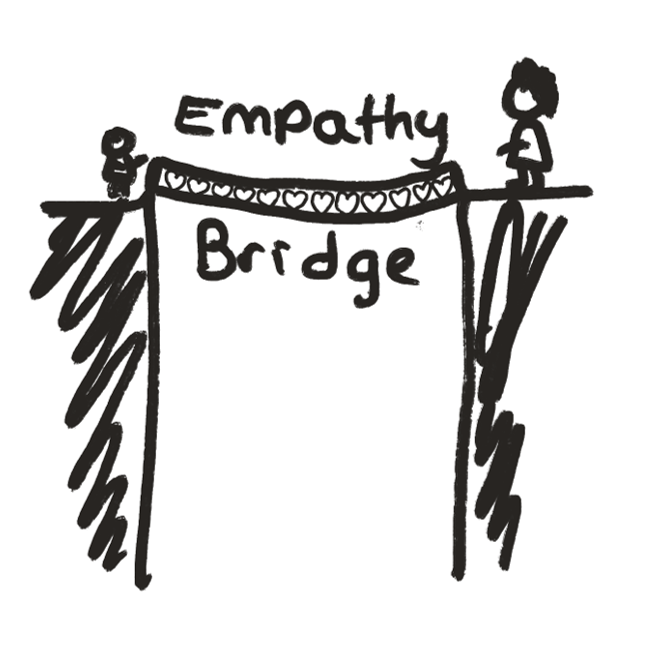Guided Pathway
Sexualised Behaviour — Safety, Scripts & Support
Who's it for: Foster carers supporting children who display sexualised or harmful sexual behaviour (including tech-assisted). Calm first, safety always, no shaming, proportionate responses.
Goals: Help foster carers respond safely and calmly to sexualised behaviour with clear plans, scripts, and confidence to work alongside other professionals.
Before tackling sexualised behaviour, it’s vital to understand the bigger picture of trauma and regulation. The below courses build this foundation.
They explain how trauma and shame drive behaviour, and give you core de-escalation tools. This reflects guidance from NICE (the National Institute for Health and Care Excellence), which stresses that carers need a solid grounding in child development and trauma before applying more specialist responses.
Podcast: PACE, DDP & the Five Pearls
Understanding Childhood Trauma & ACEs
'When You Feel The Fire' - Therapeutic Story
Handling Anger and Aggression in Children
Making Sense of Sexualised Behaviour
Podcast: Sexualised Behaviour - What’s Typical? What’s Concerning?
Sexualised Behaviour: Putting Safety Plans into Practice
Sexualised Behaviour: How to Work with Schools Safely and Calmly
Policies
Awards & Recognition


What this pearl is all about
What you could say in the moment
(Said softly, perhaps while offering a reassuring hand on the shoulder if welcomed, conveying that you are not angry and will stay by the child’s side until the emotional waves settle.)

What this pearl is all about
What you could say in the moment
(This phrasing invites the child to explain, without outright accusing them of lying. It uses "I wonder" instead of "You’re lying", signalling curiosity. You might even playfully put on “magic truth glasses” with your fingers, if age-appropriate, to lighten the moment and show the child they’re not angry.)

What this pearl is all about
What you could say in the moment
(This script explicitly assures the child of your enduring acceptance. Phrases like “no matter what” and “nothing will change that” directly address fear of rejection. You might literally open your arms like a shield or put an arm around the child if appropriate, to physically reinforce the feeling of protection and safety.)

What this pearl is all about
What you could say in the moment
In this playful script, you create a tiny imaginative game (“Defiance Dragon”) to externalise the child’s defiance as something we can team up against playfully. The exact script can vary widely by age (for a teenager, humour might be more understated, like you suddenly doing a goofy dance and saying “Ugh, what a morning – shall we hit reset and start over?” with a grin). The essence is to surprise the child out of the stuck position with levity. Your willingness to be a bit silly shows the child it’s safe to drop their guard. Once the child smiles or giggles, even briefly, the emotional climate shifts – we (you and the child) are connected again, and the task or issue can often be revisited with less resistance.

What this pearl is all about
What you could say in the moment
(In this script, you're naming and normalising the child’s likely feelings, showing empathy: “I’d feel the same if I were in your shoes.” There’s also an explicit assurance of presence: “I’m here… I’m not going anywhere,” which is crucial for a child worried about being given up on. The tone is gentle, not demanding a response. You might sit quietly nearby, or leave a soft toy or drawing materials as an invitation. The child then knows the bridge is there whenever they are ready to cross back into interaction. Even if the child doesn’t respond immediately, such messages sink in and over time the child will trust that the carer truly cares and empathises with them.)

